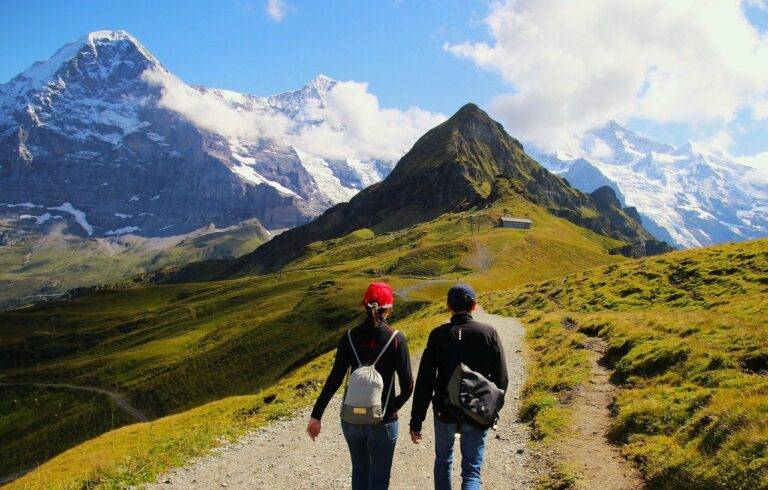Responsible Mountain Tourism: Preserving Fragile Ecosystems While Enjoying Outdoor Activities
Tourism can have both positive and negative impacts on mountain ecosystems. On one hand, it can contribute to the local economy, promote conservation efforts, and raise awareness about the importance of preserving these fragile environments. However, the influx of visitors can also lead to habitat disruption, pollution, and the introduction of invasive species that threaten the delicate balance of mountain ecosystems.
Mountains are particularly vulnerable to the effects of climate change, and increased tourism can exacerbate these challenges. Melting glaciers, altered water flows, and changes in plant and animal populations are just some of the consequences that mountain ecosystems may face as a result of tourism activities. It is crucial for both tourists and local authorities to be aware of these potential impacts and take proactive measures to minimize harm while still allowing for sustainable tourism development.
Strategies for Minimizing Environmental Footprint While Hiking or Camping
One effective strategy for minimizing your environmental footprint while hiking or camping is to practice Leave No Trace principles. This means packing out all trash, staying on designated trails, and respecting wildlife and vegetation. By following these guidelines, you can help preserve the natural beauty of the area for future generations to enjoy.
Another important way to reduce your impact on the environment while hiking or camping is to minimize your use of single-use plastics. Bring a reusable water bottle and food containers, and opt for products with minimal packaging whenever possible. By cutting down on waste, you can help protect the ecosystems you are exploring and contribute to a more sustainable outdoor experience.
Why is it important to minimize our environmental footprint while hiking or camping?
It is important to minimize our environmental footprint to preserve the delicate ecosystems of mountains, reduce pollution, protect wildlife, and ensure the sustainability of these natural areas for future generations.
What are some simple ways to minimize our environmental footprint while hiking or camping?
Some simple ways to minimize our environmental footprint include packing out all trash, using biodegradable soaps, sticking to designated trails, avoiding wildlife disturbance, and practicing Leave No Trace principles.
How can I reduce my water usage while hiking or camping?
You can reduce your water usage by bringing a reusable water bottle or hydration system, using water sparingly for cooking and cleaning, and utilizing natural water sources responsibly.
What should I do if I encounter wildlife while hiking or camping?
If you encounter wildlife, maintain a safe distance, observe quietly without disturbing them, and never feed or approach them. Respect their natural habitat and behavior.
How can I minimize my impact on the environment when using camping stoves or fires?
To minimize your impact, use a camping stove instead of building a fire, follow fire regulations and restrictions, use existing fire rings when available, and properly extinguish your stove or fire before leaving the campsite.





